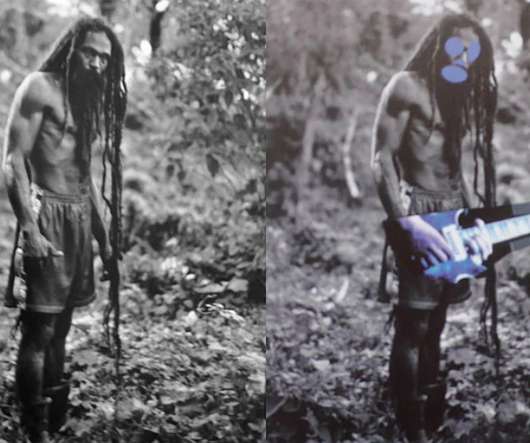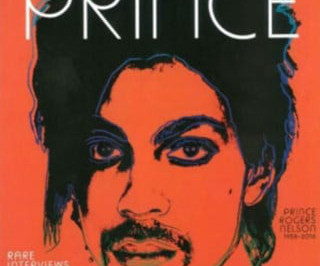Welcome to the Multiverse: Derivative Works
LexBlog IP
AUGUST 31, 2021
Copyright ownership is often referred to as a “bundle of rights.” ” “Derivative Works” are exactly what they sound like – new copyrightable works of art based on some pre-existing material. First and foremost, grant third-parties the right to create derivative works sparingly.













Let's personalize your content